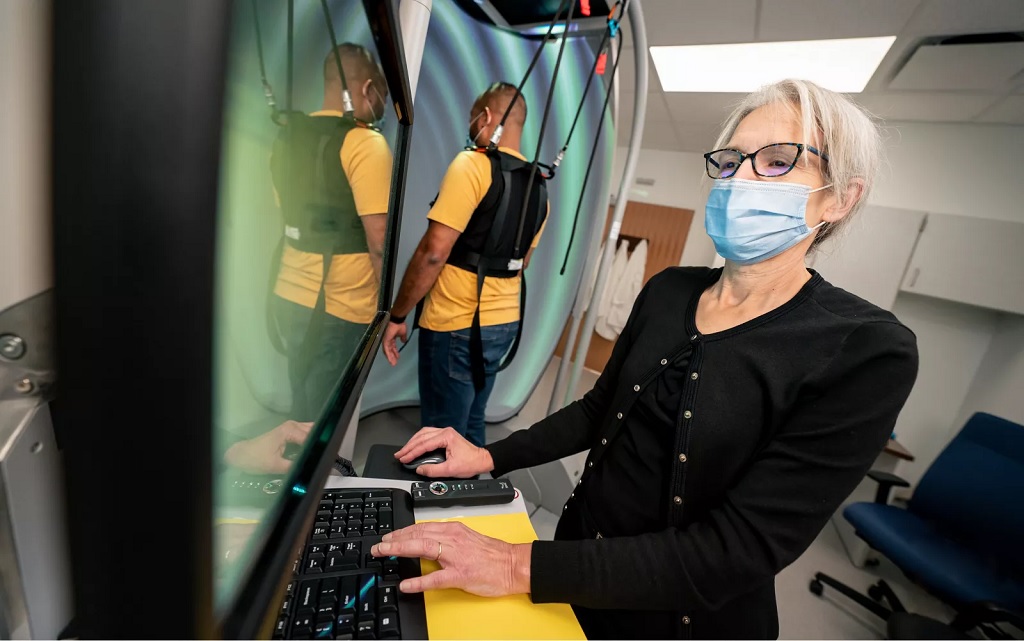Surprising Shifts in Who’s Getting What in South African Cosmetic Surgery

Twenty years ago, cosmetic surgery was still a subject of taboo, whispered about behind closed doors. Today, that silence has been replaced by honest conversations about beauty, confidence, ageing, empowerment, and personal choice, as South Africans openly embrace a wide range of aesthetic enhancements. And what South Africans are choosing might surprise you.
Leading plastic and reconstructive surgeon Professor Chrysis Sofianos shares insights from his own practice, revealing how cosmetic surgery trends are evolving across age and race – and what that means for the future of beauty.
“Cosmetic surgery is no longer about fitting a single mould, but about choosing how we, as individuals, want to age, restore, or refine. Today’s patients are more informed, intentional, and unapologetic about their tastes, and wanting to feel good in their own skin,” he says.
Aesthetic choices by age
Gone are the days where cosmetic procedures were the exclusive domain of patients of a certain age. According to Professor Sofianos, the modern approach views aesthetics as a journey, although age still plays a major role in shaping the types of treatments individuals may seek:
- 20s: Patients in their twenties are often navigating early self-image issues, driven by social media influences. The most requested procedures include breast augmentations, lip fillers, and occasional rhinoplasties to address long-held insecurities.
- 30s: Often post-pregnancy or in the midst of career and family life, this group leans toward tummy tucks, mommy makeovers, and the start of anti-ageing injections, cosmetic fillers, and preventative treatments. Restoration without exaggeration is usually the goal.
- 40s: This is the decade of refinement. Liposuction, eyelid lifts, and more assertive facial rejuvenation procedures become common, as patients seek to stay ahead of midlife volume loss and skin laxity.
- 50s and beyond: For those who want long-term, natural results, the deep plane facelift, neck lifts, and biostimulators become top of mind. “Our approach is structural, not superficial,” he notes. “It’s about restoring facial harmony without compromising identity.”
“What fascinates me is how differently my patients may define beauty. A 22-year-old influencer and a 55-year-old executive might sit in the same waiting room, but their goals couldn’t be more different. We’re not selling a standard look – we’re facilitating personal choices, and sometimes, those choices may even challenge conventional aesthetic norms.”
Understanding patient preferences: A cultural lens
Perhaps the most significant change is how different communities and racial groups are approaching enhancement in South Africa, reflecting new trends in beauty ideals. For example, African women are increasingly choosing breast reductions, prioritising comfort and opting for a different aesthetic from more traditional beauty standards which often favour a fuller figure or more pronounced curves.
Indian patients are leading the way in tummy tucks and body contouring, while Caucasian patients tend to focus on breast augmentations and high-definition liposuction, particularly around the waistline and abdomen, to refine their silhouette and definition.
“What’s beautiful about this shift is how it reflects our diversity. We’re not seeing patients trying to look like someone else – they’re choosing procedures that enhance their natural features and fit their lifestyles,” says Sofianos. “Critically, there is no one-size-fits-all in aesthetic medicine. The more we understand the nuances of each patient’s background and goals, the better we can serve them.”
Why winter is the most strategic time for surgery
No matter your personal objectives, an insider tip could make a huge difference in your surgical recovery: while people mistakenly tend to plan procedures for December – unaware that most surgeons do not operate after November due to holiday closures and the necessity of post-operative care – smart patients are booking for winter.
Cooler temperatures help to reduce swelling, promote easier healing, and generally mean less downtime. Patients also benefit from increased coverage beneath bulkier clothing, allowing them to recover more discreetly while still going about their daily lives. With fewer social commitments and sunnier distractions, winter becomes the ideal window for surgical recovery.
“If you want to look and feel your best by summer, now is the time to plan,” he advises. “Winter is a strategic opportunity for recovery.”
As aesthetic surgery continues to evolve in South Africa, Professor Sofianos believes that education, access, and authenticity are key pillars moving forward.
“My role is to guide patients through their options, help them make informed choices, and deliver results that are both technically excellent and emotionally empowering. The most rewarding part of my practice isn’t about creating one particular look, but about helping people become more confident versions of themselves. Whether that means a subtle enhancement or a more significant change, the choice is truly personal.”





